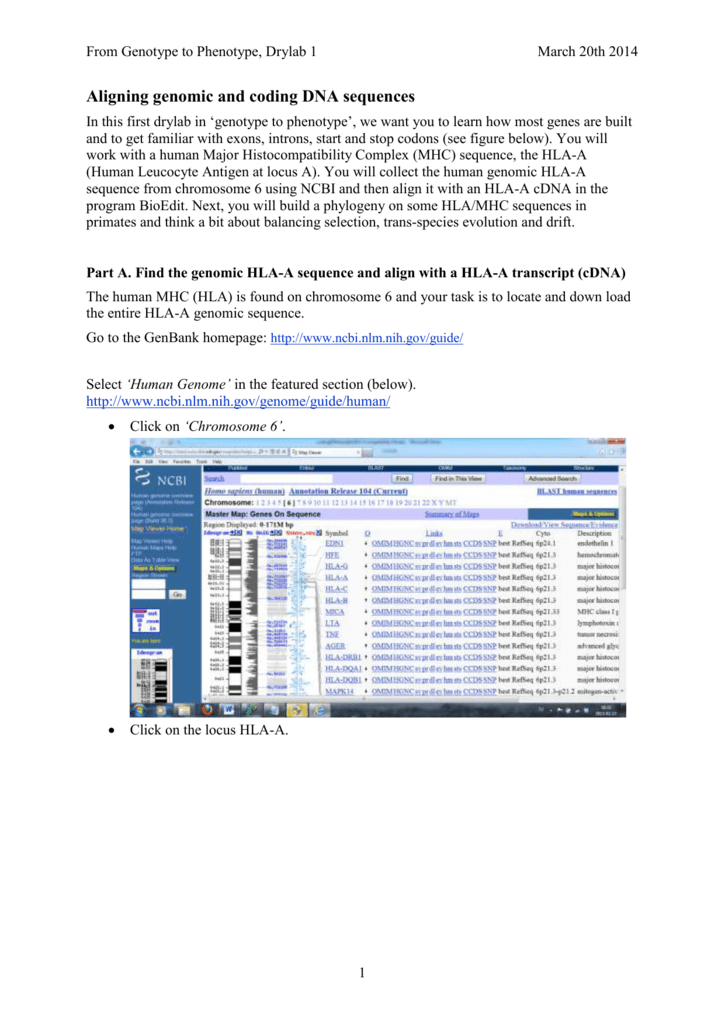
- #HOW TO IDENTIFY EXON AND INTRON IN SEQUENCE BIOEDIT UPDATE#
- #HOW TO IDENTIFY EXON AND INTRON IN SEQUENCE BIOEDIT FULL#
- #HOW TO IDENTIFY EXON AND INTRON IN SEQUENCE BIOEDIT SOFTWARE#
However, inaccuracies in intron prediction have been reported ( 26, 32, 42). Introns are predicted to be present in approximately half the genes in the Plasmodium falciparum genome ( 11).
#HOW TO IDENTIFY EXON AND INTRON IN SEQUENCE BIOEDIT SOFTWARE#
In addition, most predictive software relies on model organisms, and there has been only limited experimental characterization of intron splicing in deep-branching eukaryotic organisms ( 50). While the fundamental mechanisms of splicing are conserved among eukaryotes ( 4), splice site recognition motifs are short and often only weakly conserved between organisms ( 20). Splicing of pre-mRNA requires sequence motifs in the intron and is mediated by a ribonucleoprotein complex called the spliceosome ( 37, 53). Introns are noncoding sequences located inside precursor mRNA (pre-mRNA) transcripts that are excised before nuclear export ( 39). falciparum retains many consensus eukaryotic splice site features, despite having an extreme codon bias, and possesses flexibility in branch point nucleophilic attack.

A weak branch point consensus was detected among 18 identified branch points. falciparum pre-mRNAs, multiple branch points per intron were detected, with some at U instead of the typical A residue. In comparison, the 3′ splice site has a strong eukaryotic consensus sequence and adjacent polypyrimidine tract. However, the 5′ consensus motif is weakly conserved and tolerates nucleotide substitution, including the fifth nucleotide in the intron, which is more typically a G nucleotide in most eukaryotes. falciparum mRNAs have canonical 5′ and 3′ splice sites. In this study, we developed an in vivo luciferase reporter splicing assay and employed it in combination with lariat isolation and sequencing to characterize 5′ and 3′ splicing requirements and experimentally determine the intron branch point in P. Plasmodium falciparum has an extreme AT nucleotide bias (>80%), providing a unique opportunity to investigate how evolutionary forces have acted on intron structures.
#HOW TO IDENTIFY EXON AND INTRON IN SEQUENCE BIOEDIT FULL#

By expanding the region, you will be able to obtain upstream/downstream sequence of the gene.
#HOW TO IDENTIFY EXON AND INTRON IN SEQUENCE BIOEDIT UPDATE#
If you want to adjust the range to capture, modify the values in the Change region shown tool on the FASTA display and click on Update View.


The GenBank display -not to be confused with a GenBank record- will display a flat file with annotation, followed by the sequence in numbered rows. Select the record display format that you want.Use Go to nucleotide: Graphics FASTA GenBank.If there is an alternative genomic locus representing the gene, the Genomic Sequence information will expand into a pull-down menu, allowing you to select an alternative genomic record.Scroll to the Genomic regions, transcripts, and products section.Select the Full Report display ( example).(If you are retrieving too many records, see these tips for searching for genes.) There are a few methods that will allow you to obtain the genomic sequence for the gene: Find the gene record that you want in the NCBI Gene database.


 0 kommentar(er)
0 kommentar(er)
